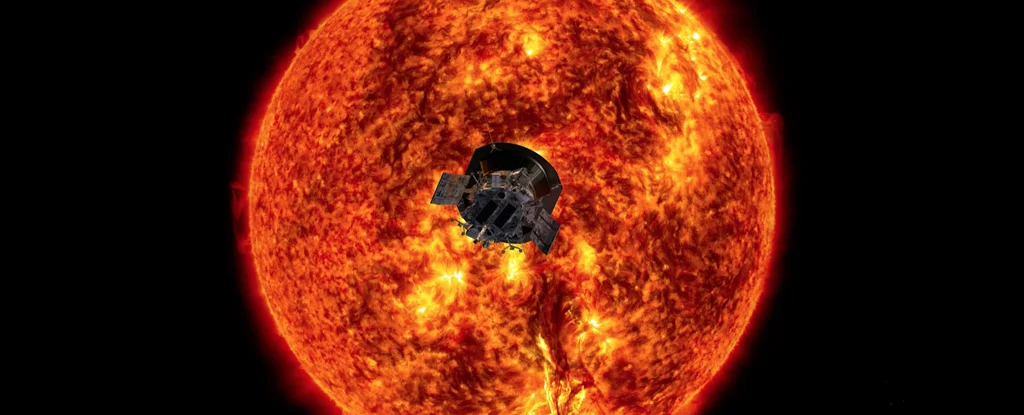Scientists told what the last days of the Sun will look like
- October 19, 2023
- 0
Scientists have made predictions about what the last days of our solar system will look like and when they will occur. Interestingly, we humans will not be able
Scientists have made predictions about what the last days of our solar system will look like and when they will occur. Interestingly, we humans will not be able

Scientists have made predictions about what the last days of our solar system will look like and when they will occur. Interestingly, we humans will not be able to see the curtain of the Sun. The site writes about this sciencealert.com.
Astronomers thought the Sun would collapse into a planetary nebula (a glowing bubble of gas and cosmic dust); until the evidence showed that it should have been a little bigger.
The age of the Sun is approximately 4.6 billion years, based on the ages of other objects that formed at the same time in the Solar System. Based on observations of other stars, astronomers estimate that it will reach the end of its life in about 10 billion years.
Of course, other things will happen in this process. In about 5 billion years, the Sun should turn into a red giant. The star’s core will shrink, but its outer layers will expand to the orbit of Mars, swallowing our planet in the process.

One thing can be said for certain: By then we will be gone. The scientific community believes that humanity only has 1 billion years left unless we find a way out. This is because the Sun’s brightness increases by about 10 percent every billion years.
It doesn’t seem like much, but the increase in brightness will lead to the end of life on Earth. Our oceans will evaporate and the surface will become too warm for water to form.
Several previous studies by scientists have found that the first star would have to be twice as massive as the Sun to form a bright planetary nebula.
But a 2018 study used computer simulations to determine that our Sun, like 90 percent of other stars, is likely to transform from a red giant to a white dwarf before becoming a planetary nebula.
“When a star dies, it ejects a mass of gas and dust, known as its envelope, into space. The mass of the shell may be half the mass of the star. “The star’s core, running out of fuel, eventually shuts down before its eventual death,” said astrophysicist Albert Zijlstra of the University of Manchester in Great Britain, who co-authored the paper.
“Only then does the hot core cause the ejected shell to shine brightly for about 10,000 years, a short period of time in astronomy. This is what makes the planetary nebula visible. Some are so bright that the star would be too faint to see at distances of tens of millions of light-years.” “They can be seen even from extremely great distances.”
The data model the team created actually predicts the life cycle of different types of stars to determine the brightness of a planetary nebula associated with different stellar masses.
Planetary nebulae are relatively common in the observable universe; notable ones include the Spiral Nebula, Cat’s Eye Nebula, Ring Nebula, and Bubble Nebula. Source
Source: Port Altele
As an experienced journalist and author, Mary has been reporting on the latest news and trends for over 5 years. With a passion for uncovering the stories behind the headlines, Mary has earned a reputation as a trusted voice in the world of journalism. Her writing style is insightful, engaging and thought-provoking, as she takes a deep dive into the most pressing issues of our time.